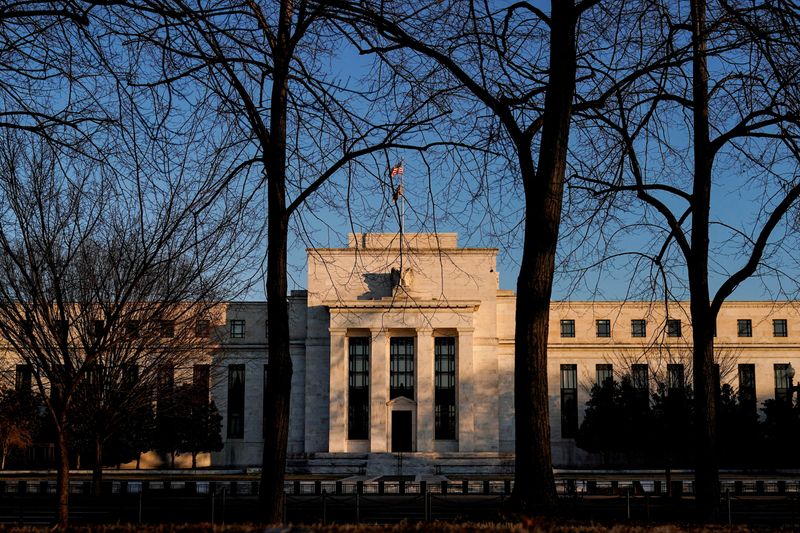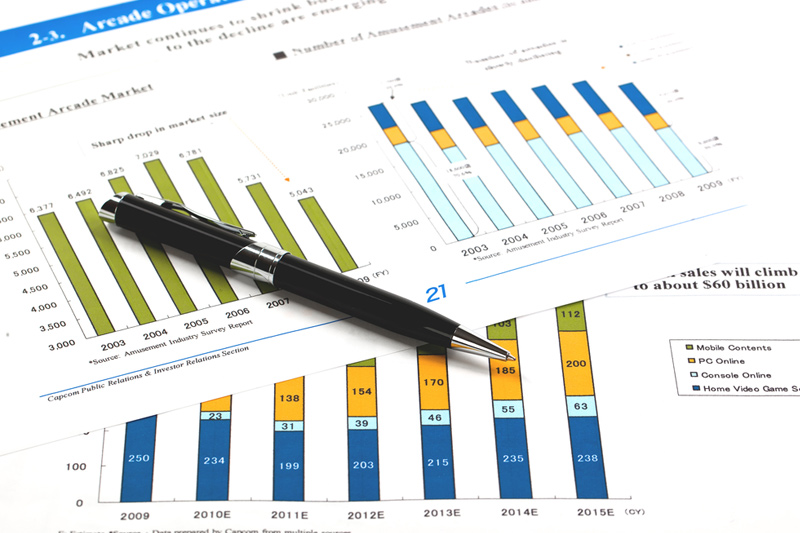By Howard Schneider
WASHINGTON (Reuters) -Federal Reserve officials appeared divided at their meeting earlier this month over how much farther they may need to cut interest rates, but as a group agreed to avoid giving much guidance from here on about how U.S. monetary policy is likely to evolve.
There was uncertainty about the direction of the economy, Fed officials noted, according to the minutes of the Nov. 6-7 meeting, uncertainty about just how much the current level of interest rates was doing to restrict the economy – a key issue in deciding how much further rates should fall – and a developing case to step carefully.
“Many participants observed that uncertainties concerning the level of the neutral rate of interest complicated the assessment of the degree of restrictiveness of monetary policy and, in their view, made it appropriate to reduce policy restraint gradually,” said the minutes, which were released on Tuesday.
The neutral interest rate is the level at which economic activity is neither stimulated nor restrained.
“Participants noted that monetary policy decisions were not on a pre-set course and were conditional on the evolution of the economy and the implications for the economic outlook … They stressed that it would be important for the (Federal Open Market) Committee to make this clear as it adjusted its policy stance,” the minutes stated, referring to the central bank’s policy-setting committee.
The Fed cut its benchmark policy rate by a quarter of a percentage point to the 4.50%-4.75% range at the meeting three weeks ago, a session that followed Republican candidate Donald Trump’s victory in the Nov. 5 U.S. presidential election.
Though the implication of the election outcome was not mentioned in the minutes, “many” participants noted the complications of making policy at a time when economic data was volatile due to storms, strikes and other factors, and geopolitical tensions were high.
Fed officials generally agree that inflation is all but controlled, and the risk of a sharp rise in unemployment has diminished.
Still “some participants noted that the Committee could pause its easing of the policy rate and hold it at a restrictive level” if inflation remained too high, and some said rate cuts could be accelerated “if the labor market turned down or economic activity faltered.”
After the release of the minutes, financial markets added slightly to bets on a rate cut at the Fed’s Dec. 17-18 meeting, and kept intact prior bets on a slower pace of reductions next year, with just one cut priced in by the middle of the year.
STRONG ECONOMY
“We continue to think that the FOMC will reduce the funds rate by a further 25 bp (basis points) in December,” wrote Samuel Tombs, chief U.S. economist for Pantheon Macroeconomics, but then scale back next year to navigate a potentially complicated set of policy developments once Trump takes office.
The president-elect this week, for example, said he planned on his first day in office to impose import tariffs of 25% on Mexico and Canada alongside demands for tougher border control.
“Our base case is that the Fed will have to ease cautiously, most likely at alternate meetings next year, trading off labor market and inflation risks,” Tombs wrote. “Huge uncertainty over the scale, timing and likelihood of President Trump’s economic proposals, however, creates considerable risk to both sides of our funds rate forecast.”
The Fed’s November meeting also followed a run of stronger-than-expected economic data – “remarkable” is how Fed Chair Jerome Powell referred to it – that stoked concern monetary policy may not be restricting the economy as much as thought.

Officials since that session have said ongoing economic strength meant the central bank’s benchmark policy rate might already be close to the “neutral” level, an argument for fewer rate cuts approved at a slower pace in order to avoid easing policy too much and possibly rekindling inflation.
Others argue the economy was likely to slow and the job market continue to weaken, which would be a reason to continue easing financial conditions to encourage spending and investment.


